Oconee County, South Carolina: pondhawk, CC BY 2.0, via Flickr @ https://www.flickr.com/photos/38686613@N08/4731327719/
Green Ridge State Forest, Allegany County, northwestern Maryland: Matt Tillett, CC BY 2.0, via Flickr @ https://www.flickr.com/photos/mattyfioner/5675881246/
Kettle Pond Conservation Park, Madison, Wisconsin: Joshua Mayer (wackybadger), CC BY-SA 2.0, via Flickr @ https://www.flickr.com/photos/wackybadger/5724439043/
VISO Viola sororia: USDA Natural Resources Conservation Service, via USDA PLANTS Database @ http://plants.usda.gov/core/profile?symbol=VISO&mapType=nativity
James Woodworth Prairie Preserve, Glenview, Illinois: Frank Mayfield (gmayfield10), CC BY-SA 2.0, via Flickr @ https://www.flickr.com/photos/gmayfield10/5372506823/
Riverbend Park, Great Falls, Virginia: Judy Gallagher, CC BY 2.0, via Wikimedia Commons @ https://commons.wikimedia.org/wiki/File:Virginia_Bluebells_-_Mertensia_virginica,_Riverbend_Park,_Great_Falls,_Virginia.jpg
MEVI Mertensia virginica: USDA Natural Resources Conservation Service, via USDA PLANTS Database @ http://plants.usda.gov/core/profile?symbol=MEVI3&mapType=nativity
Shenandoah River State Park, northern Virginia: vastateparksstaff, CC BY 2.0, via Flickr @ https://www.flickr.com/photos/vastateparksstaff/7369150306/
Barbarea vulgaris; village of Cerreto, Alessandria province, northwestern Italy: Hectonichus, CC BY-SA 3.0, via Wikimedia Commons @ http://en.wikipedia.org/wiki/File:Brassicaceae_-_Barbarea_vulgaris-2.JPG
shale barren rock-cress (Arabis serotina): Paul J. Harmon, Public Domain, via US Forest Service Celebrating Wildflowers Rare Plants @ https://www.fs.fed.us/wildflowers/Rare_Plants/profiles/TEP/arabis_serotina/index.shtml
ARCA Arabis canadensis L.: USDA Natural Resources Conservation Service, via USDA PLANTS Database @ https://plants.usda.gov/home/plantProfile?symbol=ARCA&mapType=nativity
Arabis canadénsis L. Sickle-pod. N. Britton, An Illustrated Flora (1913), Vol II, Figure 2078, p. 182: Public Domain, via Biodiversity Heritage Library @ https://www.biodiversitylibrary.org/page/875690; via Internet Archive @ https://archive.org/details/illustratedflor02brit/page/182/mode/1up?view=theater
near Port Gibson, southwestern Mississippi: Galen Parks Smith (Gsmith), CC BY-SA 3.0, via Wikimedia Commons @ https://commons.wikimedia.org/wiki/File:Kudzu_field_horz1.JPG
Five-Mile Bluff Prairie State Natural Area, Pepin County, northwestern Wisconsin: Aaron Carlson (aarongunnar), CC BY SA 2.0, via Flickr @ https://www.flickr.com/photos/59003943@N00/9062794743/
detail of illustration by Willey Ingraham "W.I." Beecroft (born 1870): Clarence N. Weed, Butterflies (1917), opposite page 256: Not in copyright, via Biodiversity Heritage Library @ https://www.biodiversitylibrary.org/page/9819097
illustration by Adalbert Seitz (Feb 24, 1860 – March 5, 1938); A. Seitz, Macrolepidoptera (1924), Plate 28: Not in copyright, via Internet Archive @ https://archive.org/details/macrolepidoptera15seit/page/n64/mode/1up; via Biodiversity Heritage Library @ https://www.biodiversitylibrary.org/page/13667110
male falcate orangetip: Megan McCarty, CC BY 3.0, via Wikimedia Commons @ https://en.wikipedia.org/wiki/File:Male_Falcate_Orangetip,_Megan_McCarty99.jpg
Oconee County, South Carolina: pondhawk, CC BY 2.0, via Flickr @ https://www.flickr.com/photos/38686613@N08/4731971308/


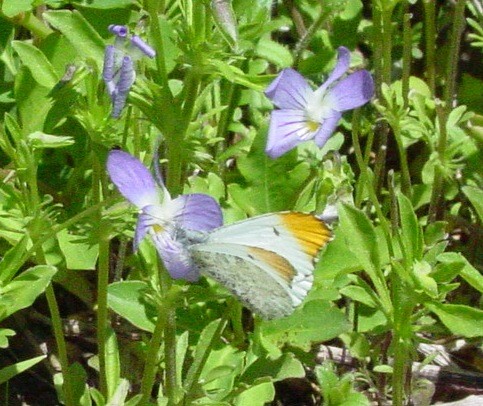
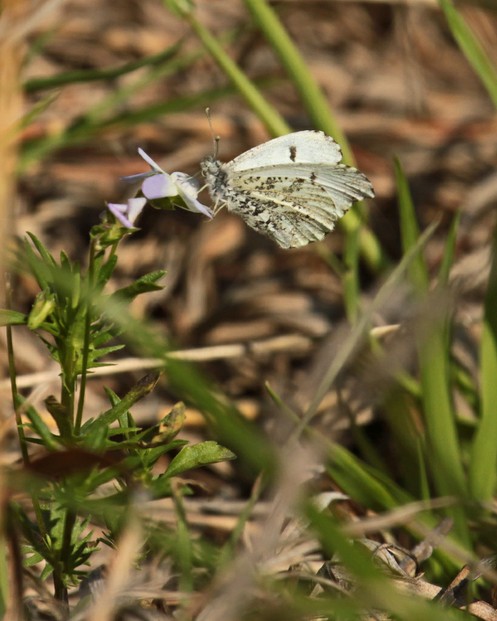
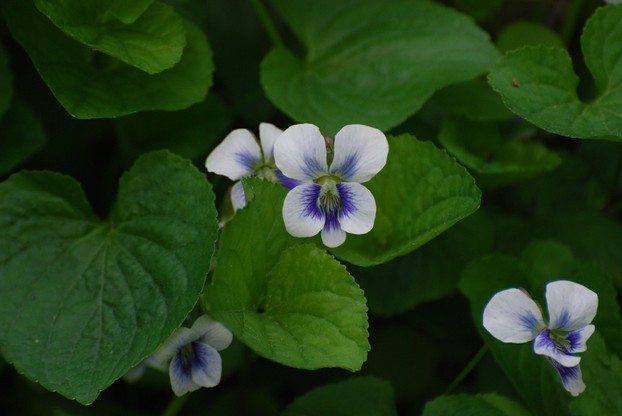
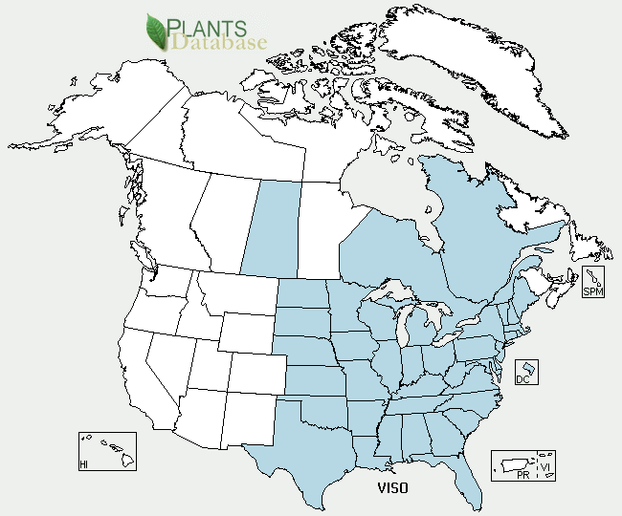
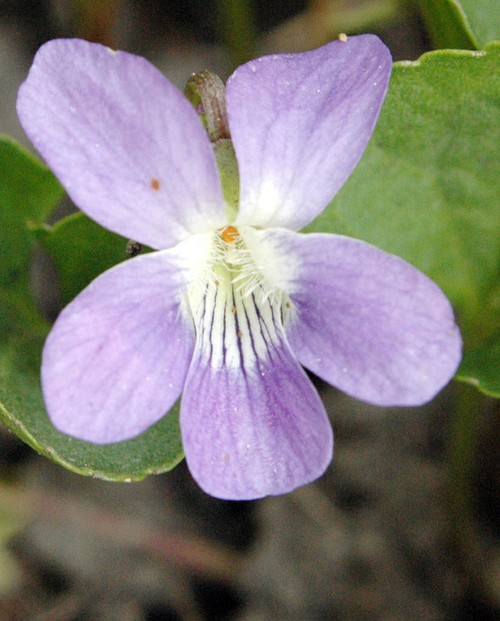
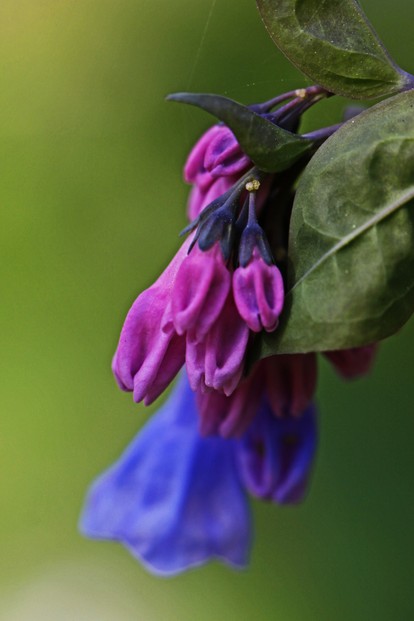
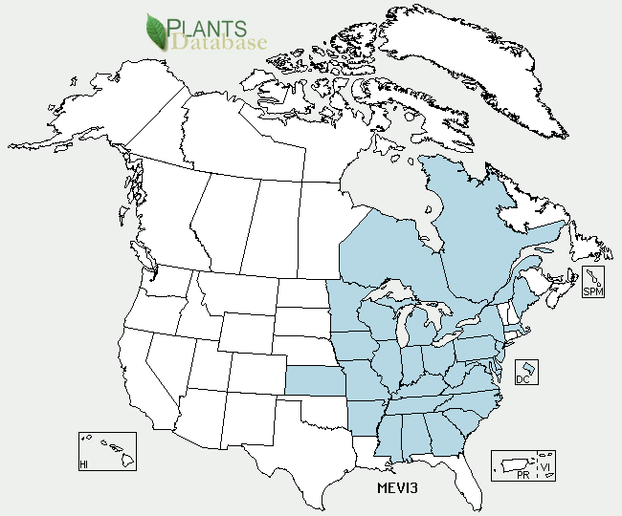
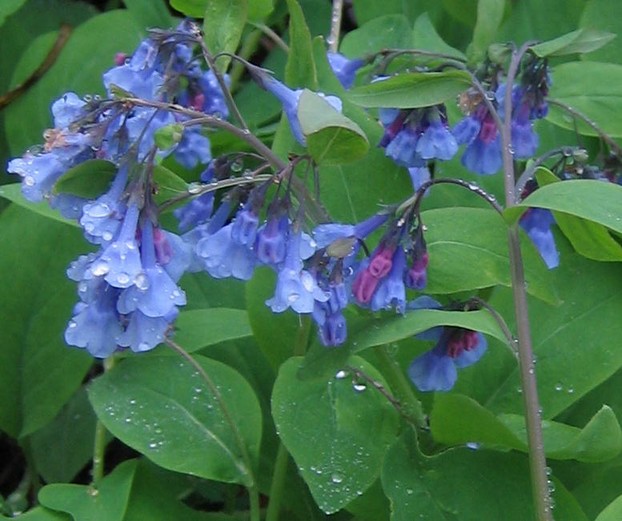
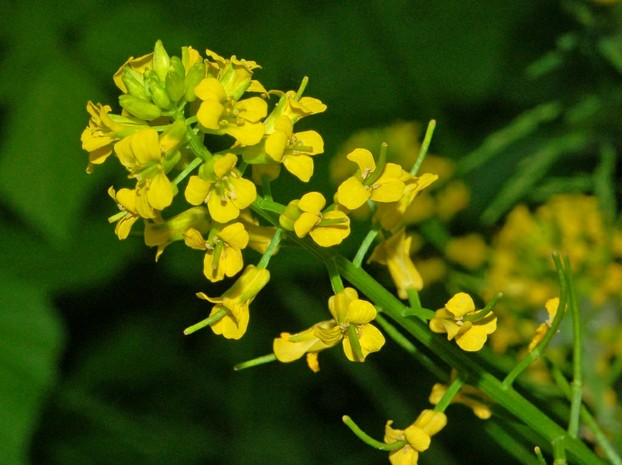
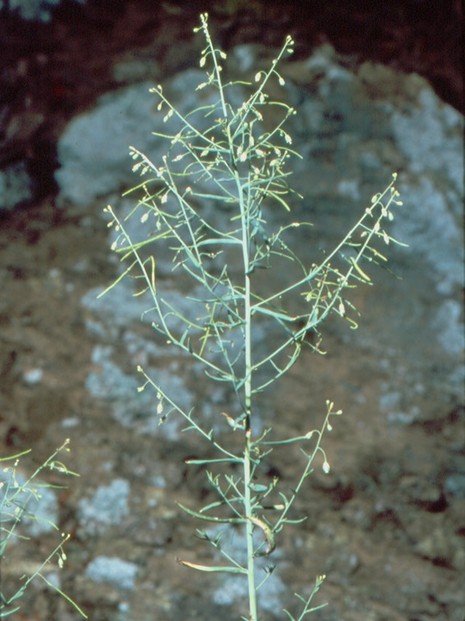
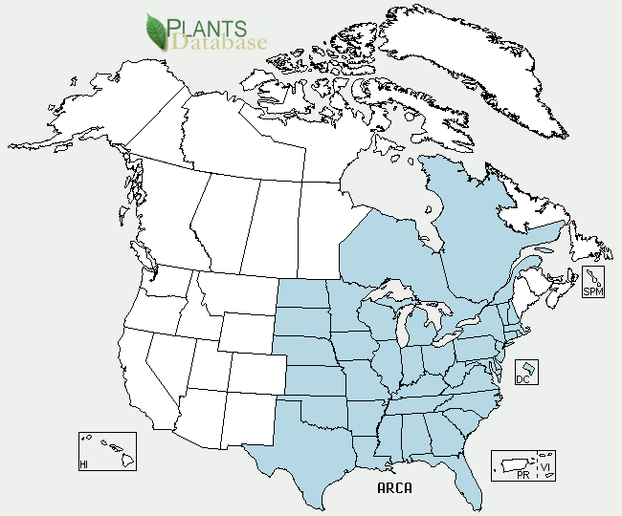
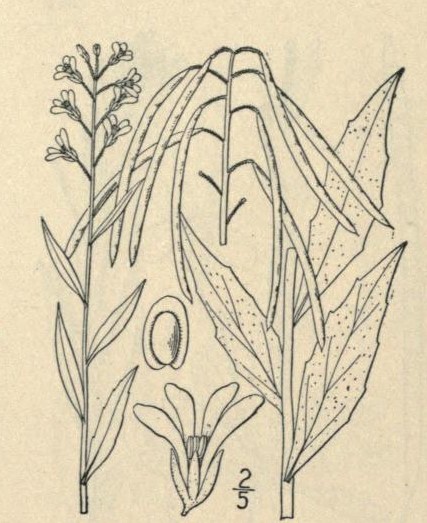
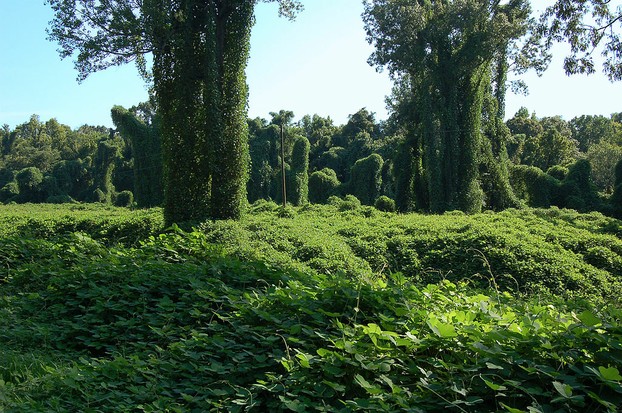
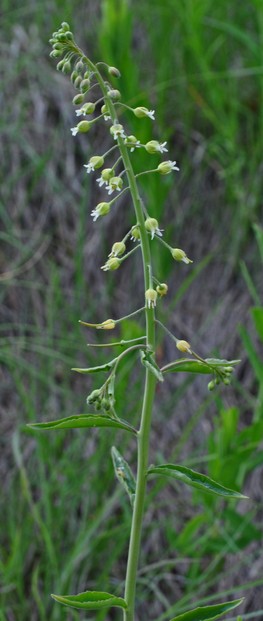
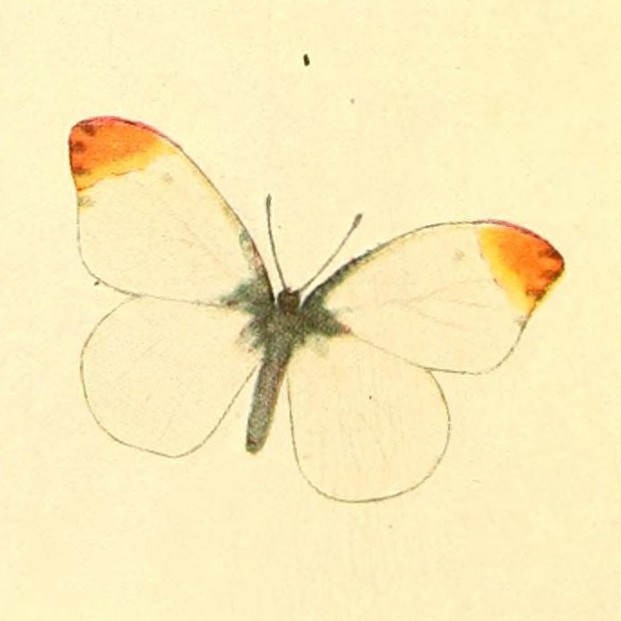
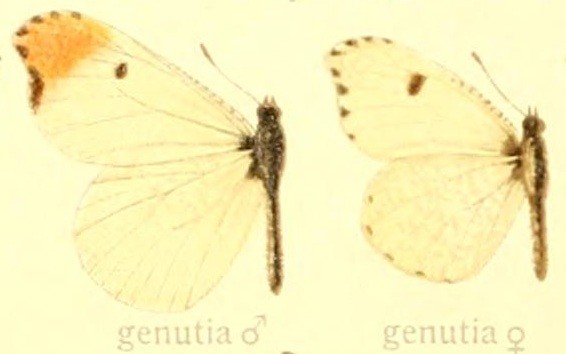
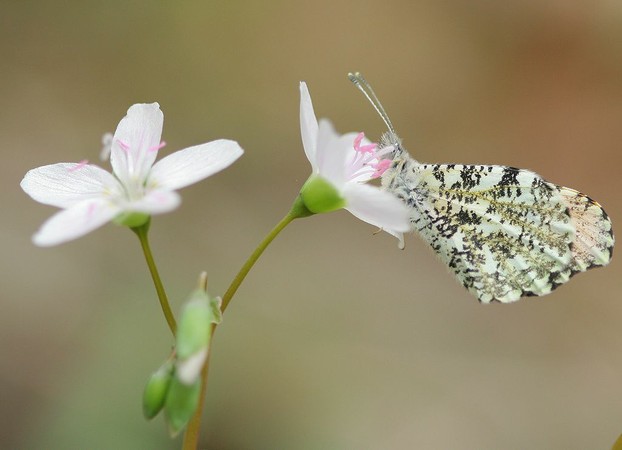
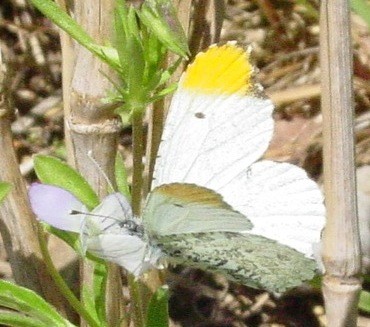





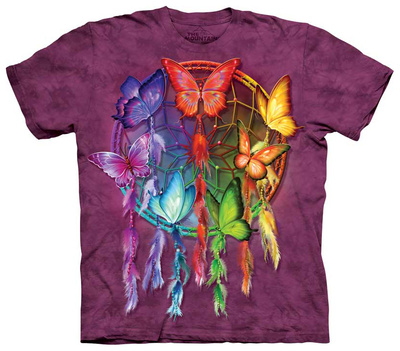

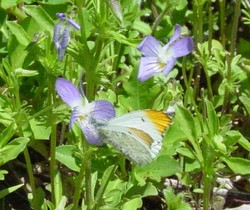

 Are Hawaiian Huakai Po Nightmarchers Avenging Halloween Thursday?on 10/02/2024
Are Hawaiian Huakai Po Nightmarchers Avenging Halloween Thursday?on 10/02/2024
 Mailing Addresses for 2023 Form 4868 Extending 1040 and 1040SR April 15, 2024, Due Dateon 04/15/2024
Mailing Addresses for 2023 Form 4868 Extending 1040 and 1040SR April 15, 2024, Due Dateon 04/15/2024
 Mailing Addresses for 2023 Forms 1040 and 1040SR Filed in 2024on 04/15/2024
Mailing Addresses for 2023 Forms 1040 and 1040SR Filed in 2024on 04/15/2024
 Mailing Addresses for 2022 Form 4868 Extending 1040 and 1040SR April 18, 2023, Due Dateon 04/13/2023
Mailing Addresses for 2022 Form 4868 Extending 1040 and 1040SR April 18, 2023, Due Dateon 04/13/2023

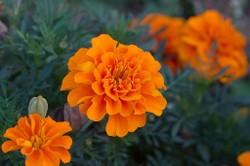
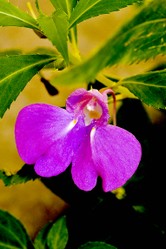
Comments